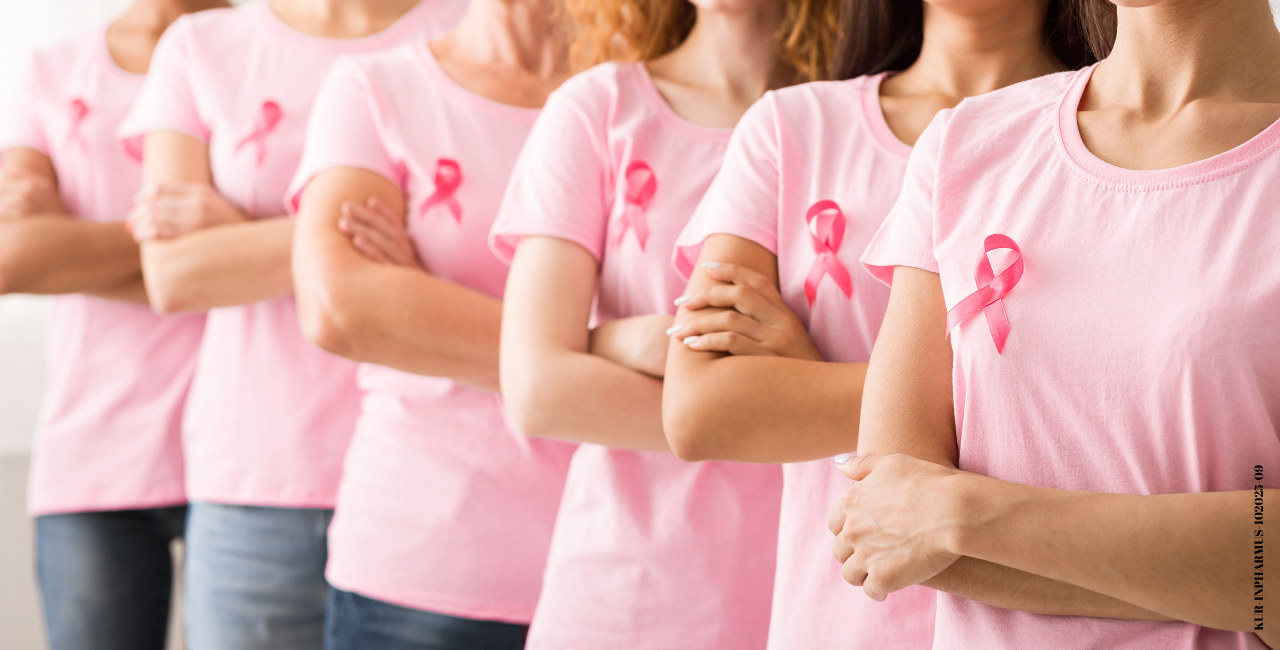
Breast Cancer and the Importance of Breast Self-Examination
Research

Cancer is asignificant public health problem today, and there is strong evidence that thisproblem will continue to grow and persist in the near future.
The WorldCancer Report emphasizes that the number of cancer cases continues to increasewith the growth and aging of the population, and that this increase will bemost severely affected in low- and middle-income countries. Cancer is thesecond leading cause of death worldwide. It caused approximately 10 milliondeaths in 2020. It is estimated that one in every six deaths is due to cancer.Cancer is the second leading cause of death after circulatory system cancer.One in every five deaths is due to cancer.[1]
The incidenceof cancer in Türkiye is lower in both men and women than in regions such asEurope, Canada, the United States, and Australia. The patterns of the mostcommon cancers worldwide are similar. Breast cancer ranks first globally (160countries). Breast cancer is themost common type of cancer among women. One in every ten women diagnosedwith cancer is breast cancer. It appears that 48.2% of breast cancer cases arediagnosed at the localized stage, with stable stages.1
Risk Factorsfor Breast Cancer
Approximatelyone in eight women is at risk of developing breast cancer throughout theirlifetime, and many factors contribute to this progression.[2]
The risk ofbreast cancer can be listed as follows:
• Gender
• Advanced age
• Previoushistory of breast cancer
• Familyhistory of breast cancer
• Geneticcompatibility
• Hormonereplacement therapy
• Smoking andalcohol use
• Eating habitsand lifestyle choices
• Obesity
• Breastchanges[3]
BreastSelf-Examination and Its Importance
Breast canceris a significant public health problem and, because it can be detected early,is included in cancer screening programs. Within the scope of breast cancerscreening programs for women, the following should be done:
• Counseling onbreast self-examination (BSE) once a month,
• Clinicalbreast examination once a year,
• Mammographyevery two years for women aged 40-69.2
The incidenceof breast cancer in our country is 40 per 100,000, and approximately 15,000women are diagnosed with breast cancer each year. Breast self-examination (BSE)is a component of clinical breast examination (CBE). Because breast cancer ismore likely to be treated if diagnosed early, life expectancy is higher.Therefore, the stage of breast cancer at diagnosis is crucial for patientsurvival.
Studies havefound significantly better survival in women diagnosed with breast cancerthrough screening programs, and this is precisely where the value of earlydiagnosis becomes evident.2 In this context, every woman should havea breast examination once a month, starting at age 20, throughout her life.[4]
Breast canceris not only the most common cancer in women but also the leading cause ofcancer-related deaths in many countries. Considering that breast cancer lumpsare often first noticed by the woman herself, BSE is a valuable diagnosticmethod for early diagnosis. [5]
October 15th iscelebrated worldwide as World Breast Health Day. This special day should beconsidered a great opportunity to raise awareness of BSE.
References:
1. T.C. Sağlık Bakanlığı Halk Sağlığı GenelMüdürlüğü, Türkiye Kanser İstatistikleri 2018, Ankara 2022
2. Neslişah Gürel Köksal, Meme Kanserinde Tarama veErken Tanı, Doğu Karadeniz Sağlık Bilimleri Dergisi, Cilt1, Sayı2, 2022
3. https://www.kanser.org/saglik/toplum/kanser-turleri-alt-kategori/meme-kanseri-risk-faktorleri
4. https://hsgm.saglik.gov.tr/depo/birimler/kanser-db/Dokumanlar/Afis_ve_Brosurler/14-_KKMM_Brosuru_1-2_1-2.pdf
5. Serap Parlar, Nesrin Kaydul, Nimet Ovayolu, MemeKanseri ve Kendi Kendine Meme Muayenesinin Önemi, Atatürk Üniv. HemşirelikYüksekokulu Dergisi, Cilt:8, Sayı:1, 2005
.avif)
.svg)

.svg)